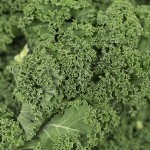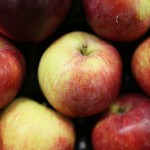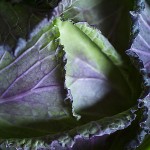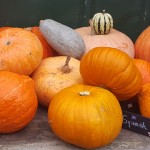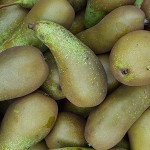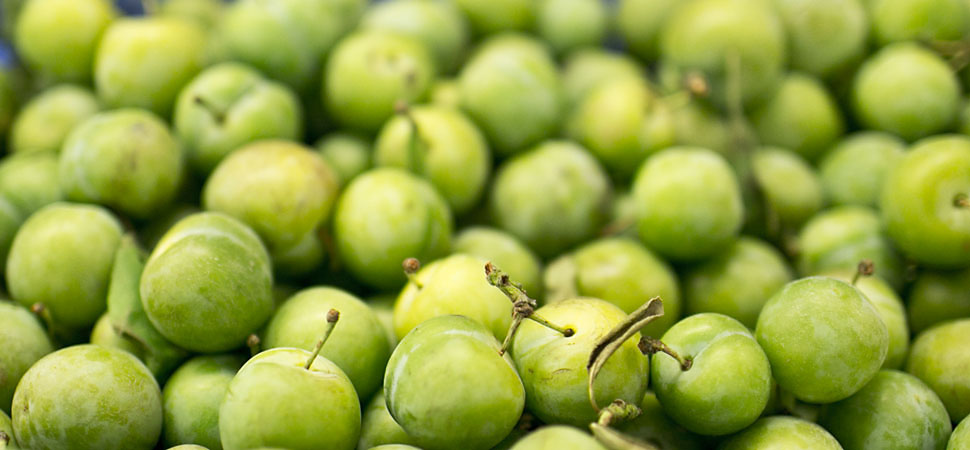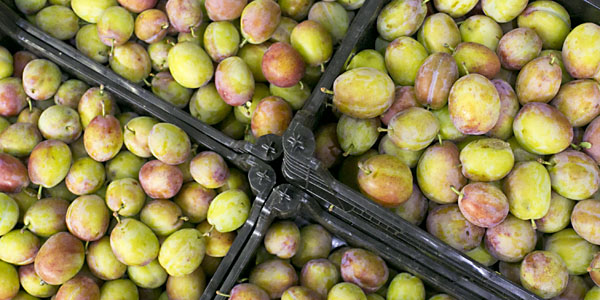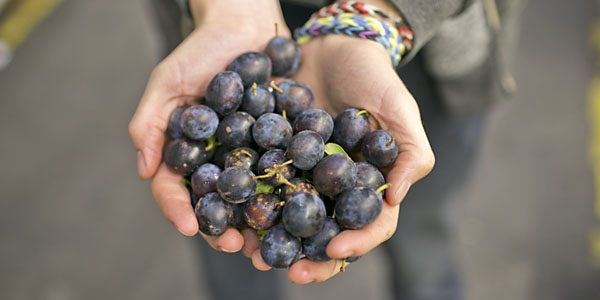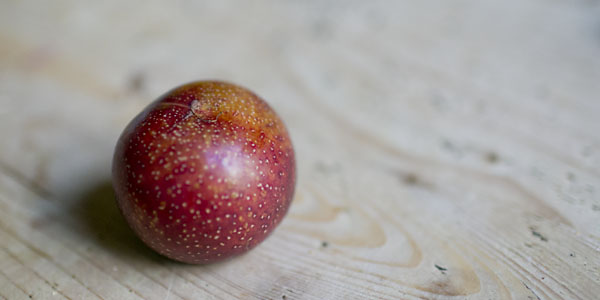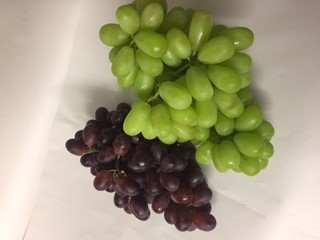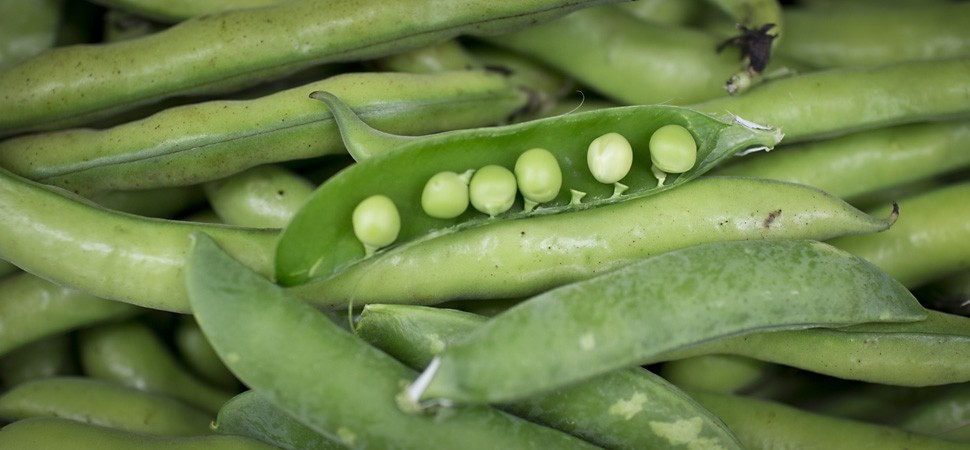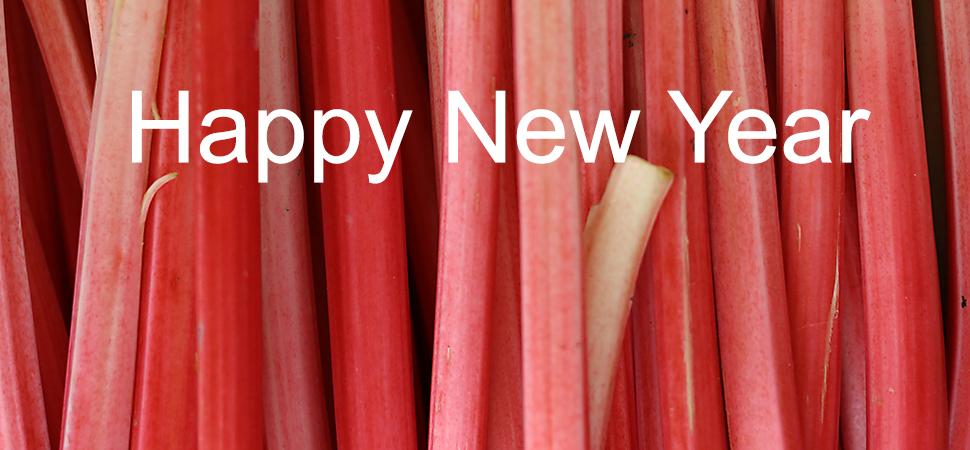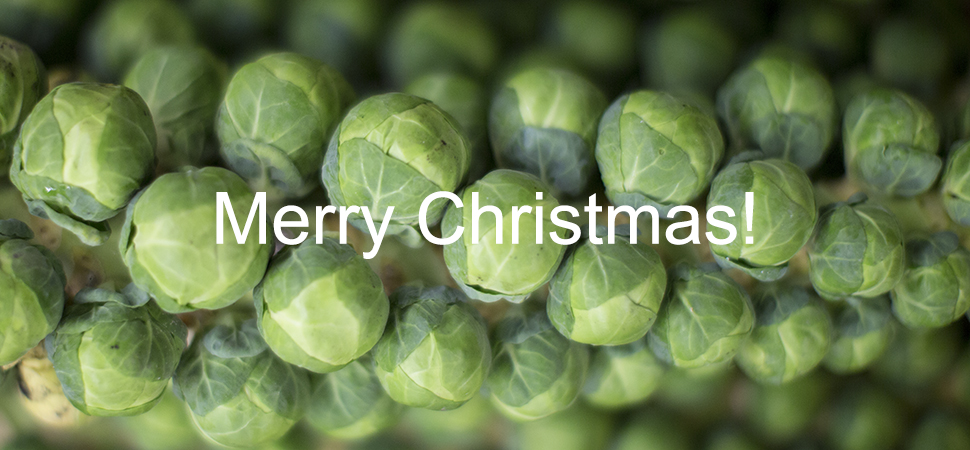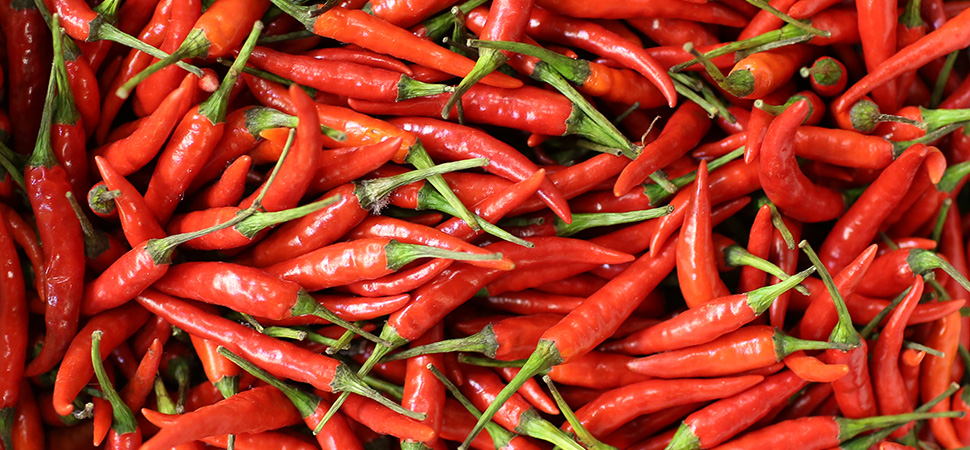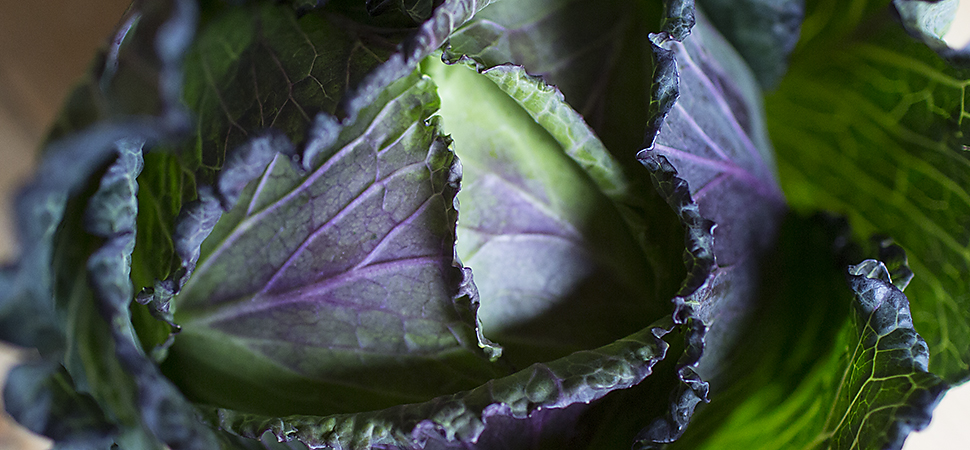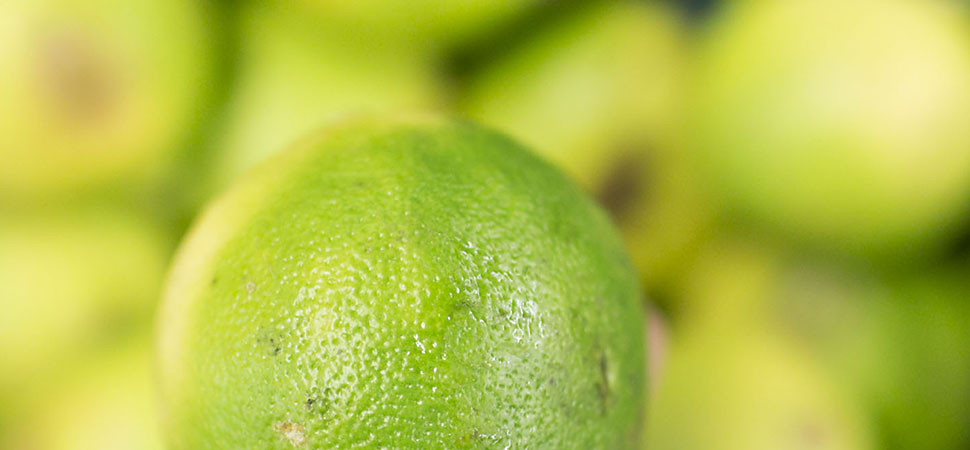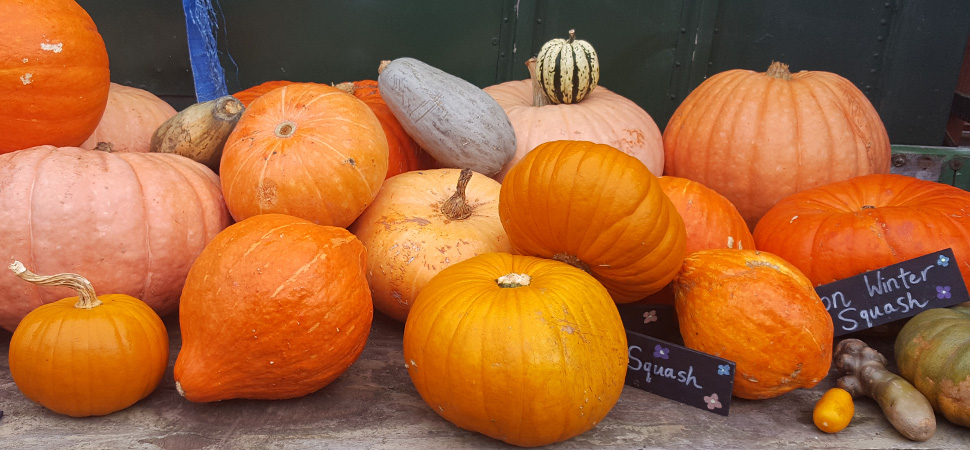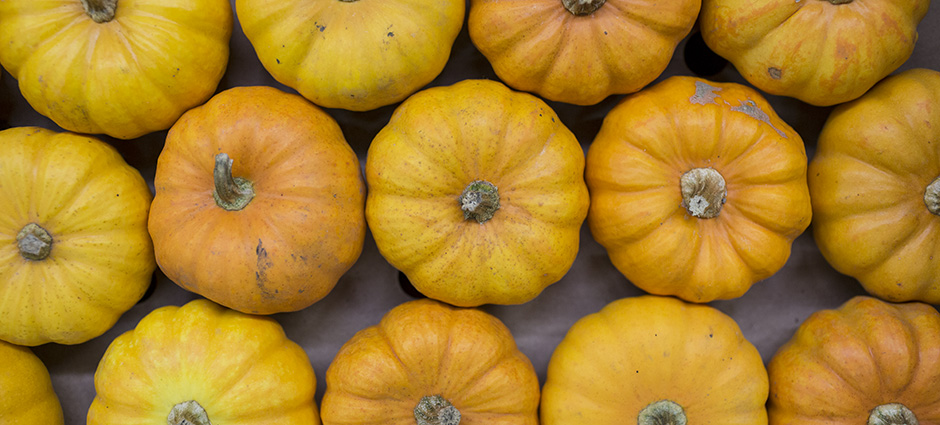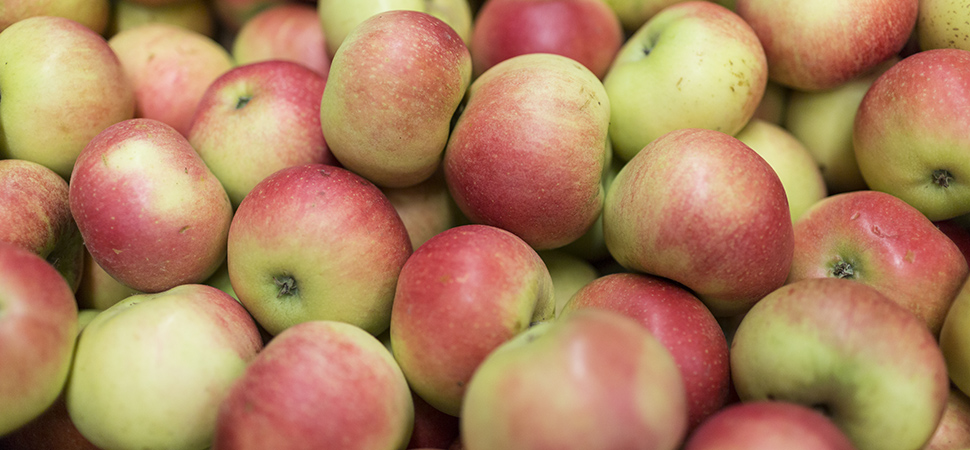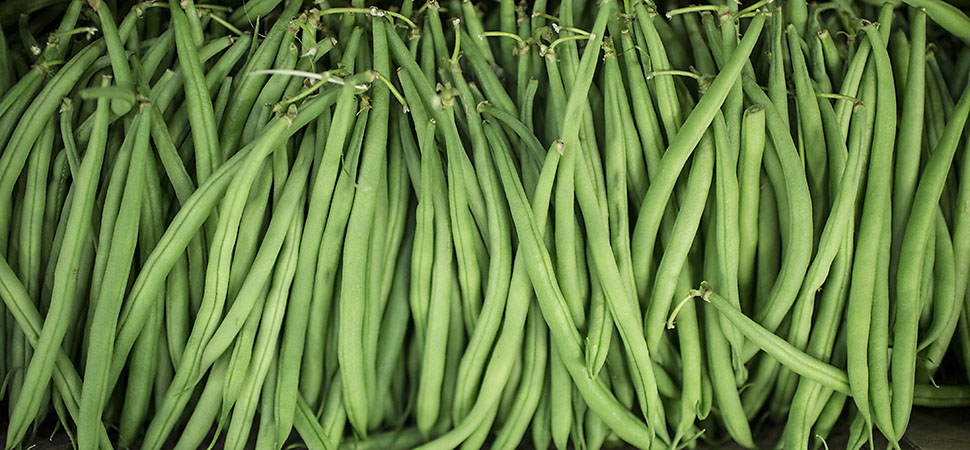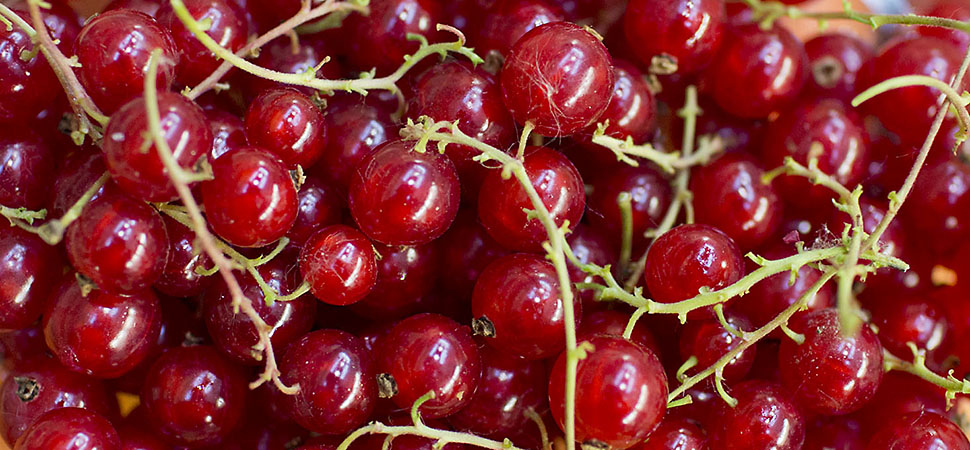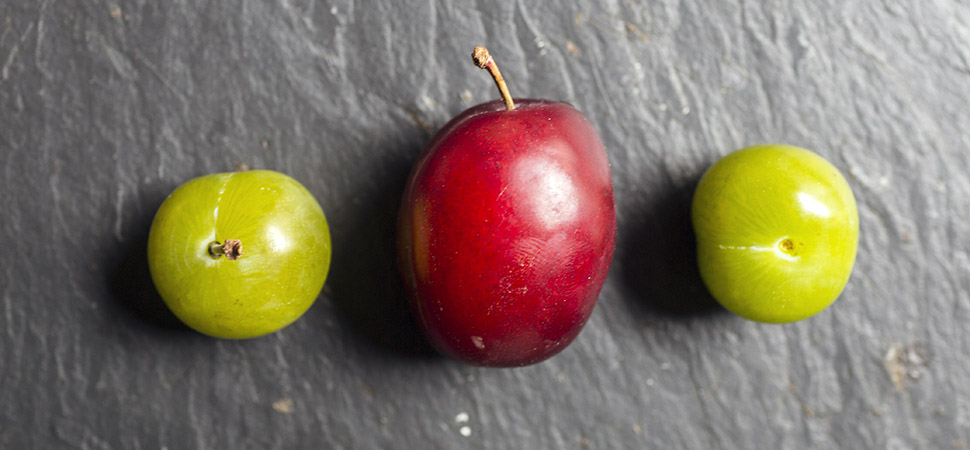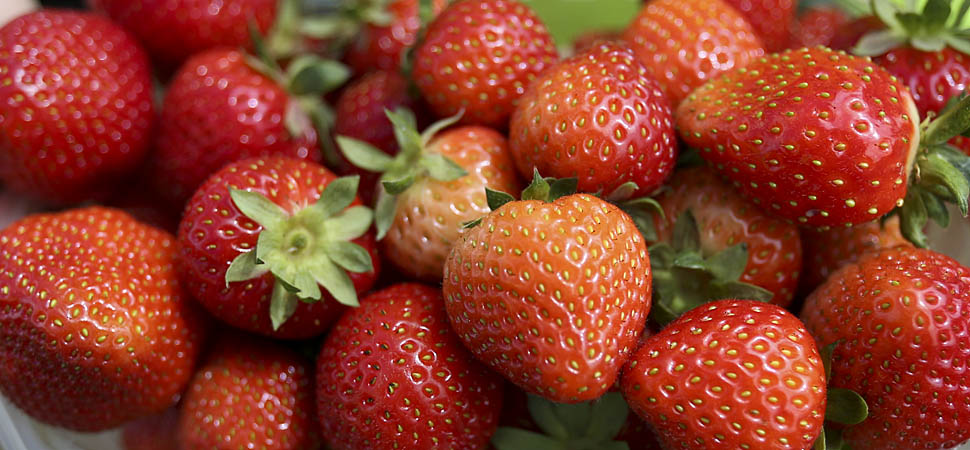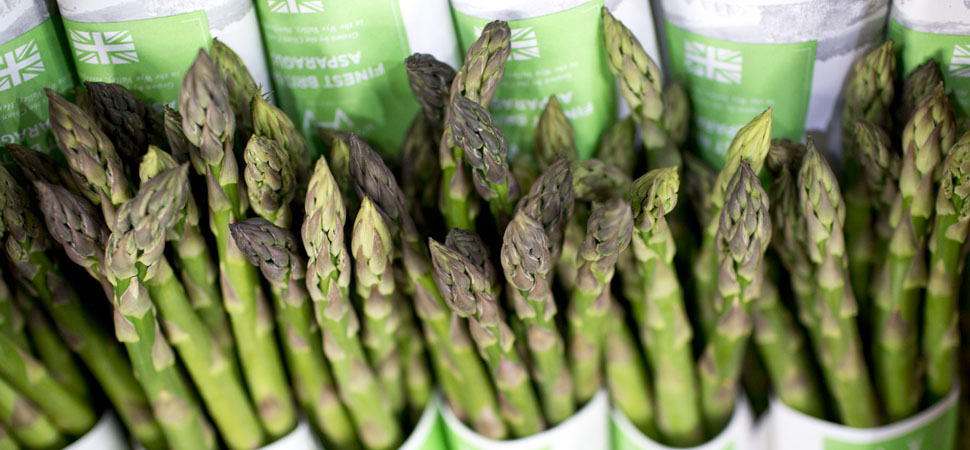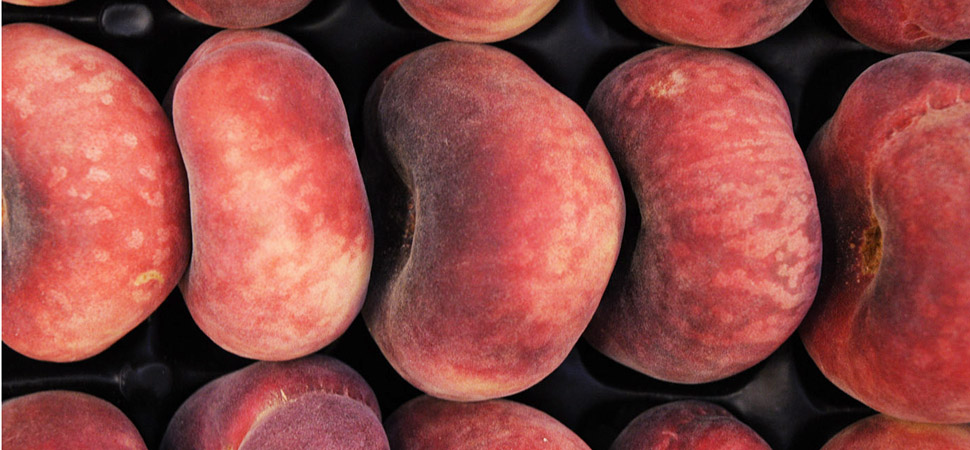English apples are on their way, but plums pip them to the post. It’s been a great year for most fruits and these beauties are no exception.
Key Facts
Victoria plums, pictured below, are at their peak right now. They take up the reins from Opal, a smaller and earlier variety. Marjorie’s Seedling are the main late variety, known for their blue-black colour.
Don’t forget damsons, too, in season now. Look out for a later variety called Merryweather.
Greengages are not, as you might think, simply a green plum. They are distinct cultivars in the prune family. The best greengages are the Reine Claude variety, grown both here and on the Continent. Confusingly, early in the season the Spanish send what they call ‘Green Plums’ which are not greengages.
At this time of year, most plums are English. But you may also see some from Portugal and Spain, such as these below:
Plumcots are a new fruit – a hybrid between a plum and an apricot, developed in the USA and grown in Spain. They are amazingly crunchy and juicy. See their website for more info. These are available as a special order.
Uses in the Kitchen
Plums are lovely for decorating tarts and pastries. They fruits can also be roasted, often marinated first in an alcohol such as brandy or amaretto. Stewed plums are a old-fashioned British dish, often served with custard – a good bet if you want to add a retro feel to your menus. For a savoury use, make your own plum sauce. Or serve roasted spiced plums with pork or goose.
You can dry, freeze or use plums for jams, jellies or chutneys – a fine seasonal accompaniment to a selection of British cheeses.








